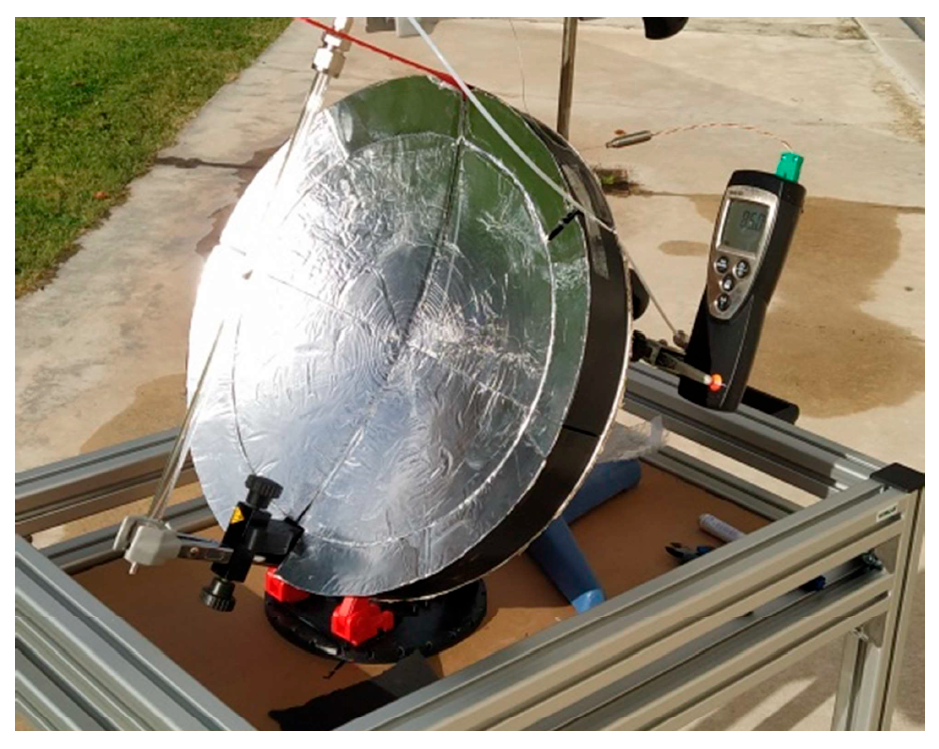FOREST2+
An experimental photoreaction system based on micro-reactors for photocatalytic applications
Links:
An experimental photoreaction system based on micro-reactors for photocatalytic applications
Links:
Artículos científicos
Comunicaciones en congresos
TFG – Ingeniería Mecánica (UPNA)
Otras actividades de diseminación
The collaborative FOREST2+ project was focused on developing photoactive materials and a photocatalytic CO2 conversion system with the goal of obtaining renewable fuel. The ambitiousness of the goal comes from the great importance of being able to provide clean energy sources by recycling CO2 and mitigating the problems related with pollution and climate change. In that context, the project not only perfectly coincides with the regional research strategies, but with the high priority social challenges of the European H2020 programme. In recent years significant progress has been presented tied to developing photoactive materials, like nanoparticles on semiconductor oxides, perovskites, graphene, MOFs, etc. But it is also necessary to make progress with highly efficient devices that allow suitable contact between the reagents, photocatalyzer and light. For that reason, the FOREST2+ project researched the integral development of the elements that make up an experimental photoreaction system: i) Design multipurpose photocatalyzers for reducing CO2 ii) Optimise solar photoreactors (capturing light, transferring mass, reactivity) and iii) Develop a versatile experimental system that can be used under sunlight.
A multidisciplinary team of members of the consortium was necessary to carry out the project. Different kinds of photocatalyzers based on pure semiconductor oxides (TiO2, CeO2, ZrO2) and with different doping (Ni, Co) were designed by Lurederra. And UPNa-InaMat2 made modifications to the photocatalyzers with metal nanoparticles (Ru), and absorbent materials (Metal Organic Frameworks). Microdevices (microreactors) were fabricated and photoreaction experiments were done. The final goal of the project that was achieved was developing a photocatalytic solar reactor in which the photoconversion of CO2 in continuous operation can be done using H2 to obtain methane using only sunlight as an energy source. Among the intermediate goals that were achieved the following can be highlighted:
 to produce different nano-oxide compositions (Ni-TiO2, Co-TiO2 and Ce-ZrO2).
to produce different nano-oxide compositions (Ni-TiO2, Co-TiO2 and Ce-ZrO2).The photocatalytic activity of different metal oxides (both commercial and synthesised by FSP), and the graphitized carbons obtained by pyrolysis of MOFs and untreated MOFs were studied and analysed.
Likewise, during the lifetime of the project the members did several communications activities to make the results of the project known. Two articles have been published so far in which part of the results derive directly from the project.
.- UiO-66 MOF-Derived Ru@ZrO2 Catalysts for Photo-Thermal CO2 Hydrogenation. F Almazán, M Lafuente, A Echarte, M Imizcoz, I Pellejero, LM Gandía. Chemistry 5 (2), 720-729
.- The 3D-Printing Fabrication of Multichannel Silicone Microreactors for Catalytic Applications. A Ibáñez-de-Garayo, M Imizcoz, M Maisterra, F Almazán, D Sanz, F Bimbela, A Cornejo, I Pellejero, LM Gandía…Catalysts 13 (1), 157
Two conferences were also participated in where the results of the project were presented on a poster: Reunión de la Sociedad Española de Catálisis SECAT 2021 Valencia and CARBOCAT 2022 Zaragoza.